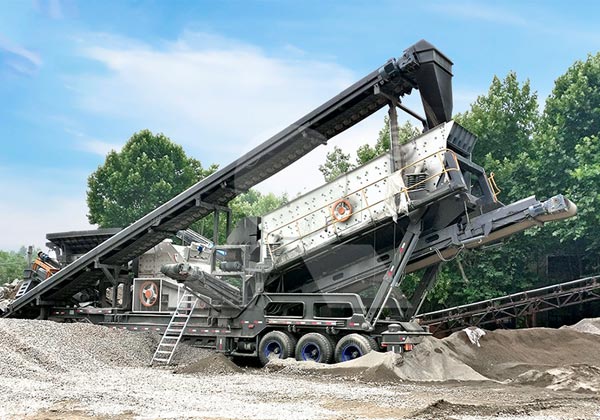A mobile rock crushing plant is an advanced and versatile piece of equipment used in the construction, mining, and aggregate industries. It offers significant advantages over traditional stationary crushers, providing mobility, efficiency, and versatility that are crucial in today’s fast-paced, demand-driven market.

Key Components and Features
- Primary Crusher: This is typically a jaw crusher or impact crusher that performs the initial crushing of the raw material. Jaw crushers are suitable for hard materials such as granite and basalt, while impact crushers are better for softer materials like limestone.
- Secondary Crusher: Often a cone crusher or secondary impact crusher, this component further reduces the size of the material after primary crushing. Cone crushers are ideal for producing high-quality aggregate with a cubic shape.
- Screening Unit: A critical part of the mobile crusher, the screening unit sorts and separates crushed material into various sizes. This process ensures that only material of the desired size is delivered for further processing or to the final destination.
- Conveyor Belts: These are used to transport crushed material from one part of the plant to another. They help in maintaining a continuous and efficient workflow.
- Power System: Mobile crushers are equipped with engines, typically diesel-powered, that provide the necessary energy to operate the plant. Some modern units may also use electric power.
Advantages of Mobile Crushers
- Mobility: One of the primary advantages of a mobile rock crushing plant is its mobility. It can be easily transported to different sites, reducing the need for multiple installations. This is particularly beneficial for construction projects that are spread across different locations.
- Flexibility: Mobile crushers can be configured to perform different tasks by swapping out components such as crushers and screens. This allows for customization based on the specific requirements of a project, making them highly adaptable.
- Cost Efficiency: By eliminating the need for transporting raw materials to a fixed crushing site, mobile crushers reduce transportation costs. They also require less infrastructure and can be set up quickly, leading to lower overall project costs.
- Environmental Impact: Mobile crushers can be deployed closer to the extraction site, reducing the environmental impact associated with material transportation. Additionally, modern mobile crushers are designed to be fuel-efficient and emit lower levels of pollutants.
Applications
- Construction and Demolition: Mobile crushers are extensively used in construction and demolition projects. They can crush and recycle concrete, asphalt, and other building materials, producing reusable aggregate for new construction.
- Mining: In the mining industry, mobile crushers are used for the extraction and processing of ores. Their mobility allows them to be moved closer to the mining face, reducing haulage costs.
- Aggregate Production: Mobile crushers play a crucial role in the production of aggregates for roads, buildings, and other infrastructure projects. They ensure that high-quality, uniformly sized aggregate is available on-site.
Technological Advancements
Modern mobile rock crushing plants incorporate advanced technologies to enhance performance and safety. For instance, automated systems for adjusting crusher settings and monitoring wear components increase operational efficiency and reduce maintenance needs. Dust suppression systems and noise reduction features are also standard in contemporary designs to meet environmental regulations and improve worker safety.
A mobile rock crushing plant is a powerful, versatile, and cost-effective solution for on-site material processing. Its mobility, flexibility, and cost efficiency make it an invaluable tool for on-site crushing and screening, ensuring that projects are completed on time and within budget. As technology continues to evolve, mobile crushers are expected to become even more efficient, further cementing their role in various industrial applications.
